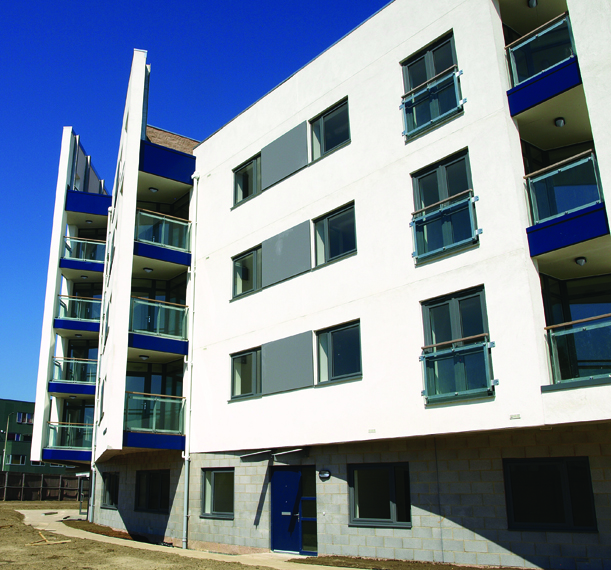As 2014 approaches the end of the first quarter construction is seeing the signs of recovery strengthen but with a general election only 14 months away what happens post 2015? Kallum Pickering, an economist with the Construction Products Association (CPA), reviews market forecasts.
2014 sees renewed optimism for the UK construction market, spurred on by growth in residential, offices and retail. A combination of policy factors and a recovery in private demand, occurring simultaneously, midway through 2013, enabled the recovery to gain traction toward the end of the year. According to our latest forecasts, the industry is set for growth of 3.4 per cent in 2014, and 5.2 per cent in 2015. Thereafter, the outlook is less clear, but growth is set to continue.
Help to Buy, combined with historically low interest rate s and stronger policy signalling from the Bank of England coming from ‘forward guidance’ has led to improvements in mortgage availability that started in the first quarter of 2013.
s and stronger policy signalling from the Bank of England coming from ‘forward guidance’ has led to improvements in mortgage availability that started in the first quarter of 2013.
Compared to 2012, when private housing starts declined by 7.3 per cent and totalled just 94,000 in Great Britian, 2013 saw a vast improvement in fortunes. Last year starts are estimated to have grown by 24.0 per cent, totalling 116,600, and this momentum is set to continue until 2017, when starts are expected to reach 155,000. The impact of Help to Buy is limited to the short term and the CPA expects growth to tail off after 2015 when the policy ends. A solution to the broader issue of housing undersupply needs to be addressed to affirm long term growth.
Following the financial crisis, there has been a surge in equity repayment and high levels of precautionary saving. This has significantly reduced demand for private housing repair, maintenance and improvement (RM&I). RM&I totalled £14.0 billion in 2013, and was 12.5 per cent of total construction output. Arguably, this sector has faced the most significant structural changes on the demand side. In addition to high savings and equity payments, the traditional link between transactions and RM&I work has been weakened since the introduction of Help to Buy which focuses mainly on boosting new housing, not the existing stock. After declining 5.4 per cent in 2012, the sector experienced a marginal recovery of 2.0 per cent in 2013.
Over the horizon, RM&I is likely to improve in line with the housing market. Between 2014 and 2017, annual growth is expected to average 4.0 per cent per year. There is considerable upside risk that growth rates over the horizon could be higher, if the impact of polices such as Green Deal rise substantially.
In 2008, commercial sector output totalled £32.1 billion; by 2012 it had declined to £21.5 billion in 2012. Despite growth over the forecast, output in 2017 is expected to be £6.0 billion lower than at pre-recession peak. Offices accounts for one-quarter of sector output, and the London market proved more resilient to economic misfortunes than anticipated; it was the key driver of commercial sector growth of 12.0 per cent in 2013.
London remains the hotspot for office development; in January a £1.2 billion mixed use was announced in Wandsworth and Canary Wharf. Strong growth is expected over the next four years, and in total more than £2.0 billion will be added to annual output. Demand for offices space is much weaker outside of London, but key cities such as Birmingham and Manchester have seen rents rise of recent, a signal that activity is picking up.
In 2004 retail sector output peaked at £7.5 billion, but by 2012 output totalled just £4.5 billion. The cultural impact of a shift toward internet shopping explains the steady decline since 2004, but the negative shock which occurred following the recession weakened demand.
Therefore, despite the tendency toward falling output, the sector should expect growth as some the loss of this shock is recovered. Key drivers of demand, such as consumer sentiment and real wages are beginning to grow. Growth of 2.0 per cent is forecast for this year and next, and by 2017 £1 billion will be added to annual output.
The recovery in construction which began in 2013, has been un-tempered by our latest forecasts indicating that the current level of optimism is well placed. As confidence continues to grow it should reinforce growth, enabling the industry to absorb shocks. The CPA expects that over £20 billion will be added to annual output by 2017, with much of this growth coming from residential and commercial. Going forward, a sustained recovery hinges on a continued economic recovery, improving credit markets, and policy support for private housing.


